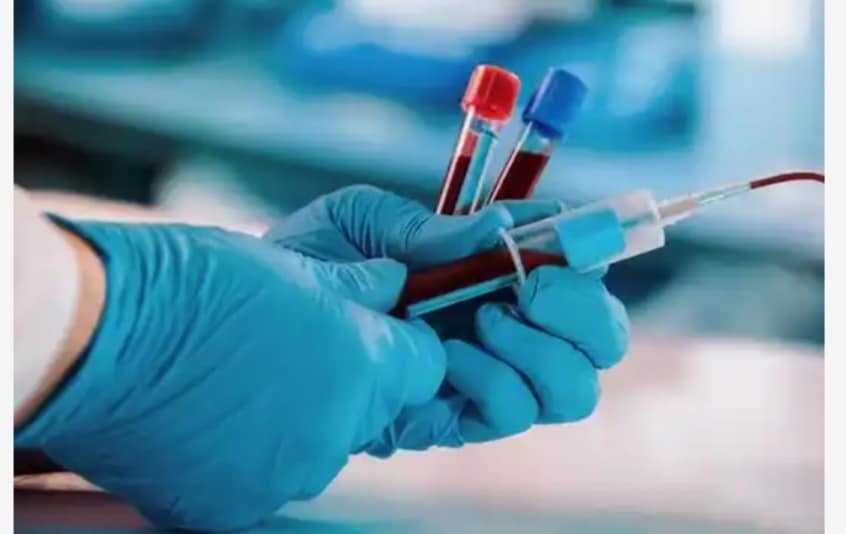Most of us have had a blood sample taken at some point in our lives but very few of us actually think about what happens to our samples afterward.
Hundreds of blood samples are collected by doctors and phlebotomists every day in just one healthcare facility. Your blood work can be a strong reflection of your overall health. It’s an important diagnostic tool in and of itself.
Doctors can look at blood reports to determine whether there is a cause for concern. If the levels of certain blood markers are raised, it can indicate infection or disease.
For doctors to be able to view a full blood work report, the sample must first be processed and analyzed. This processing is performed in a pathology lab.
The Collection of Blood Samples
When your blood samples are collected, the healthcare professional will use specific tubes with different colors. The colors refer to the different preservatives and chemicals that are in the tube to maintain the viability of the blood sample.
Your doctor may fill multiple tubes with your blood, depending on what tests are needed. They will fill out a form and label the collection tubes accordingly.
Processing the Blood Samples in the Lab
Your blood samples are then sent over to the pathology lab for processing and analysis. In the lab, the technicians will use a variety of highly-specified machinery, such as the Pathfast Sepsis Marker and Immunoanalyzer.
Once your blood sample has been taken to the lab, it will be placed into one of two groups.
The first group looks at the general markers of health in your blood, such as your full blood count, and the number of red and white blood cells in your sample. The blood samples will be placed in a piece of machinery known as a Full Blood Count (FBC) Analyzer.
An FBC Analyzer uses light beams to calculate the concentration of proteins and cells in the blood sample. The results are automatically uploaded onto a computer system, ready for lab technicians to report on.
The second group of samples is those that require a more specific analysis. Specialized equipment will be used to measure the levels of certain markers in the blood.
Often, a centrifuge is used to separate the blood components from the blood serum. The serum samples can then be analyzed using an immunoanalyzer to search for markers of disease. For example, a serum analysis may reveal high levels of certain proteins that indicate the presence of cancer in the body.
Specialized blood sample analysis may also be used to measure the levels of hormones in your blood. This can be beneficial for fertility treatment or thyroid issues, such as hypothyroidism and hyperthyroidism.
Reporting the Results of Your Sample
Once your blood sample has been analyzed, the pathology results will be formulated into a report. Highly skilled scientists will interpret the report and may send out the results to the relevant healthcare professionals.
Your doctor will then take a look at the report and decide what the next steps are. You may need further diagnostic testing to confirm a diagnosis or your doctor might begin treatment immediately.


